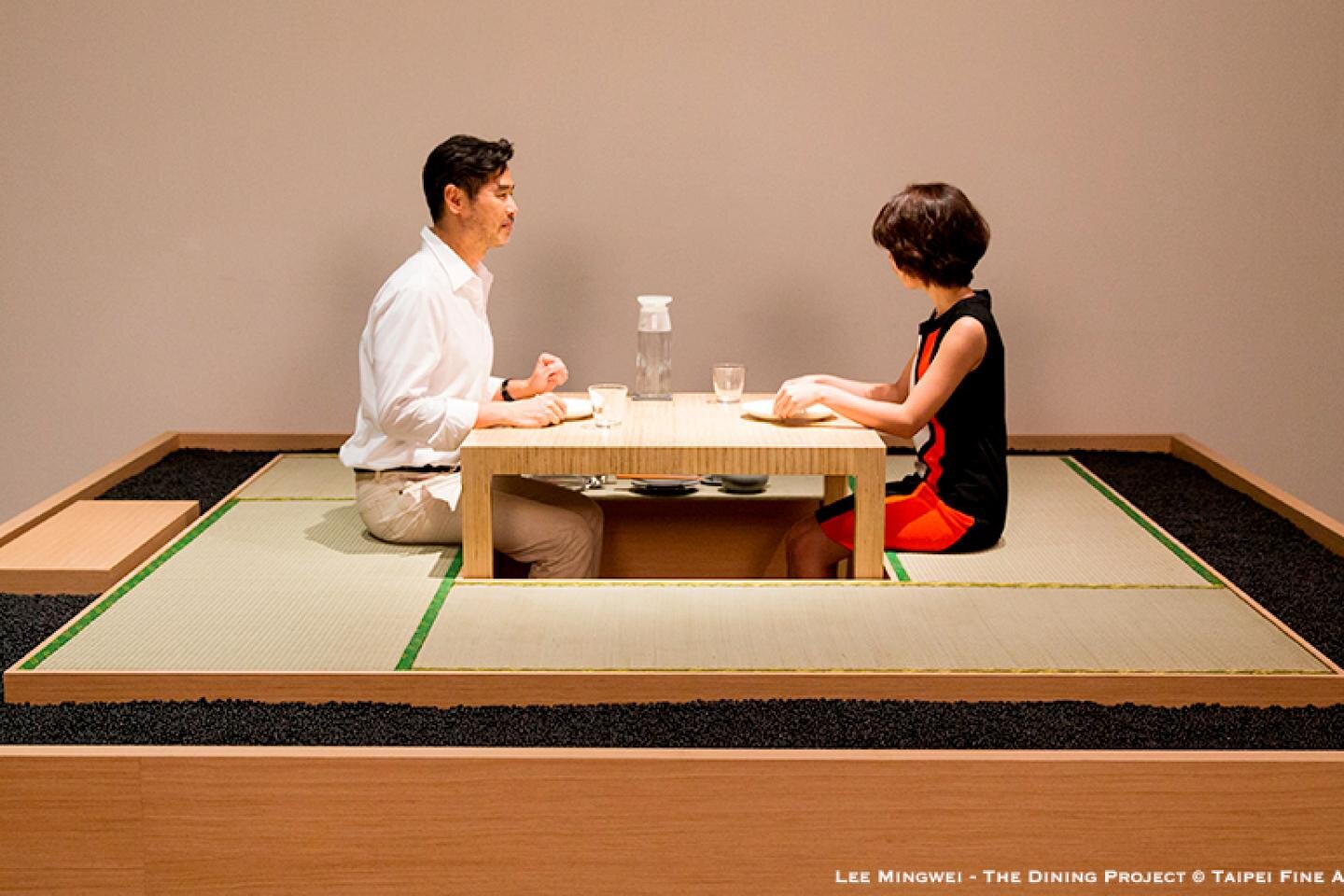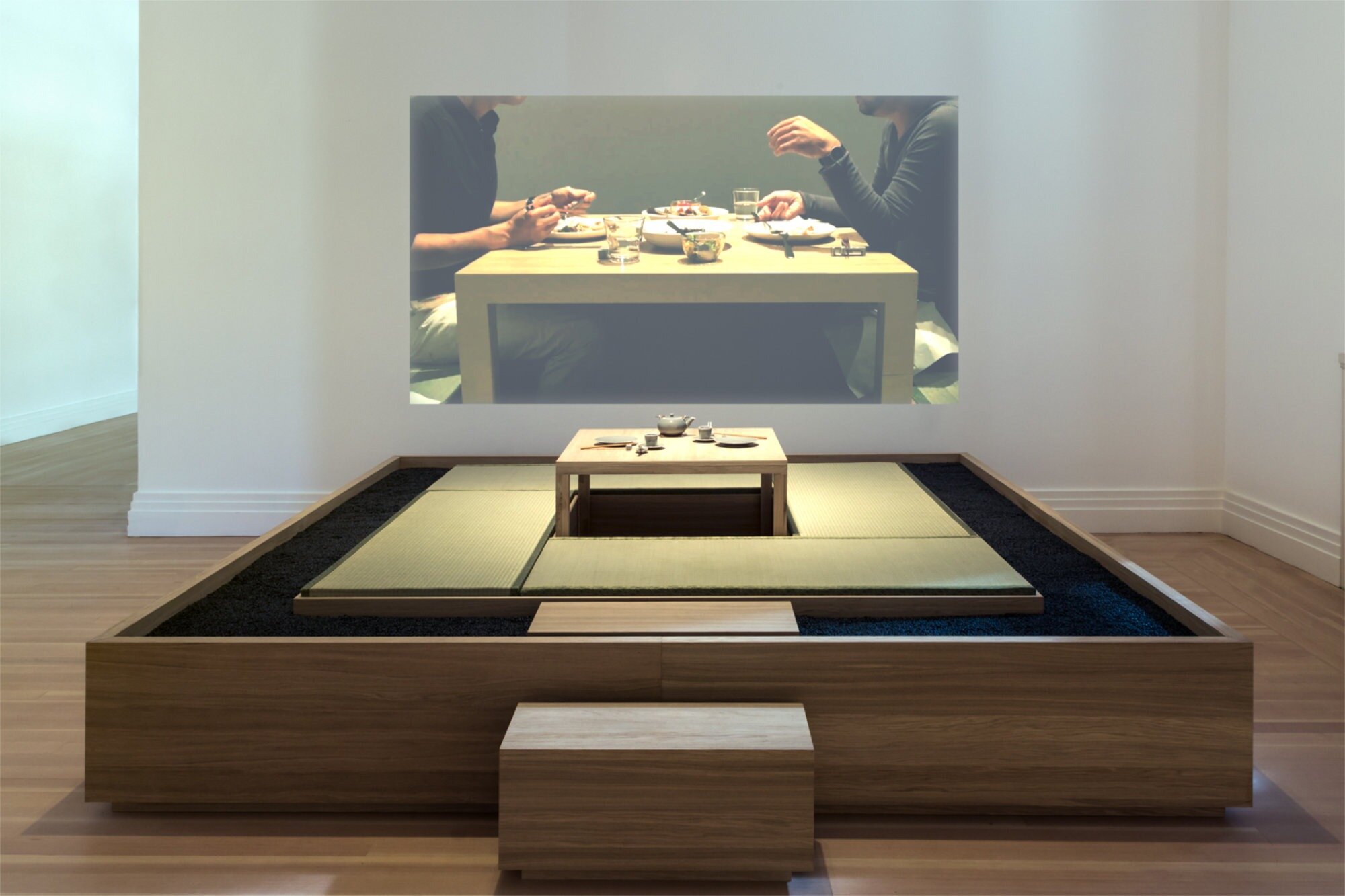PERMISSIONS (a collaboratively authored book)
Watch the video tutorial or simply scroll down and follow the directions. Welcome to the PERMISSIONS participation page. We will work through and from this page today. If you are here it is probably because you attended the lecture I gave at the University of New Mexico or some other version of this lecture. If you didn’t see the lecture, please feel free to go back to it after this workshop. It is not essential that the lecture was watched in order to participate fully in today’s activities.
PERMISSIONS is a means of looking for the sake of new postures. The simple premise of the PERMISSIONS exercise is that we can learn from the postures of artists and from the things they make. This exercise can be done with any type of creative practice, but for this exercise I will be guiding us towards conceptual art and conceptualist practices in order to make connections to teaching postures, teaching practice, and educational encounters/events.
SO here’s an example. This is a work by the Taiwanese artist Lee Mingwei. It is called The Dinner Project (1997-present). You can read about it or you can look at it and make an educated guess. How is this thing made? [FORM] What is this thing about? [CONTENT]
Your answers will guide you to the Permissions that the work opens up for your posture as a teacher, a creative practitioner, a citizen, and a member of various social groups.
Here’s an additional step you can take in teasing out the permissions to your simple FORM and CONTENT analysis of the Lee Mingwei (or any other “thing” you’re garnering permissions from). You can also think about this curricularly if you’re a teacher of— yourself or—others through this DENSE, but useful exercise.
Let’s say that you determine that “how this piece was made” [FORM] was by:
“the artist sets up a very strict rule”
or
“the artist uses a collaborator, could be friend could be a stranger”
or
“the artist works with the materiality of the institution”.
You then determine that “what this work is about” [CONTENT] is:
“how people related to art and the artist”
or
“closeness”
or
“the ephemerality (or cosmicness) of an art gesture”.
Whatever you decide is fine; you need not worry about how correct you are in your observations since even your mis-readings will produce results. Now that you have your ideas about what the form and content might be, formulate those observations into two types of permissions, one addressing the form (F) and the other the content (C).
Your permission (which are intended to open up the imagination to new possibilities for behavior) might then read like this:
We/I have permission to work within very tight parameters(F).
We/I have permission to invite others into our work(F).
We/I have permission to think of the institution as a partner (F).
OR
We/I have permission to initiate work that can only be completed by others? (C).
We/I have permission to need closeness and have that produce the meaning of our gestures (C).
We/I have permission to let a work mean more because it is undocumentable or fleeting. (C)
Use this form to contribute your “Permissions” for our jointly-constructed book:
Permissions from conceptual art:
Where to begin?
This is an ongoing list that I go back to and that I’ve brought my students to:
Pool of conceptualist artists from the global south for textual review exercises.
Francis Alys (Mexico?) https://francisalys.com
Anjel (Camaroon) https://outofafricagallery.com/en/vmen/contemporary-african-art/contemporary-african-painting/anjel
Ricardo Basbaum (Brazil) https://dutchartinstitute.eu/page/5251/ricardo-basbaum
Richard Bell (Australia) http://www.milanigallery.com.au/artist/richard-bell
Bob-Nosa (Nigeria) https://www.omenkaonline.com/studio-visit-bob-nosa-uwagboe/
Willem Boshoff (South Africa) https://www.willemboshoff.com
Tania Bruguera (Cuba) https://www.taniabruguera.com/cms/
Frédéric Bruly Bouabré (Ivory Coast) https://hyperallergic.com/473986/frederic-bruly-bouabre-cantor-arts-center/
Luis Camnitzer (Uruguay) https://www.alexandergray.com/artists/luis-camnitzer
CAMP (India) https://studio.camp
Chang Chao-Tang (Taiwan) https://www.shashasha.co/en/artist/chang-chao-tang
Luke Ching (China) http://www.galleryexit.com/ching-luke.html
Lygia Clark (Brazil) https://www.moma.org/calendar/exhibitions/1422
Abraham Cruzvillegas (Mexico) https://www.tate.org.uk/whats-on/tate-modern/exhibition/hyundai-commission-2015-abraham-cruzvillegas/introduction
Minerva Cuevas (Mexico) https://www.kurimanzutto.com/en/artists/minerva-cuevas#tab:slideshow
Froiid (Brazil) http://www.weedschat.com/Froiid
Koral Carballo (Mexico) http://www.koralcarballo.com
Rahima Gambo (Nigeria) http://www.rahimagambo.com
Kendell Geers (South Africa) https://www.stephenfriedman.com/artists/38-kendell-geers/
Wenda Gu (China) http://www.wendagu.com
Shilpa Gupta (India) https://shilpagupta.com
Elisa Harkins (Cherokee/Muscogee and Japan) https://www.elisaharkins.org
Kim Hong Joo (South Korea) https://ocula.com/artists/kim-hong-joo-(1)/
Hung Hua Cheng (Taiwan) https://eyeondesign.aiga.org/the-life-of-huang-hua-cheng-the-idiosyncratic-designer-who-led-taiwan-into-the-first-design-revolution/
Marisa Moran Jahn (Ecuador/China/US) https://www.marisajahn.com/about
Kim Kulim (South Korea) http://kimkulim.com/home/
Laboratoire Agit’Art (Senegal) https://www.journals.uchicago.edu/doi/full/10.1086/678335
Sthenjwa Luthuli (South Africa) https://www.whatiftheworld.com/exhibition/inkaba-yami/#mirror-inspiration-detail-1
Lee Kun-yong (South Korea) http://www.koreatimes.co.kr/www/culture/2020/06/145_270492.html
Ibrahim Mahama (Ghana) https://whitecube.com/artists/artist/ibrahim_mahamaGuadalupe Omar Mahfoudi (Morocco) http://montresso.com/en/portfolio_item/omar-mahfoudi/
Rubiane Maia (Brazil) https://www.rubianemaia.com
Maravilla (El Salvador) https://www.guadalupemaravilla.com
Teresa Margolles (Mexico) https://www.jamescohan.com/artists/teresa-margolles2
Monica Mayer (Mexico) https://hammer.ucla.edu/radical-women/artists/monica-mayer
Cildo Meireles (Brazil) https://www.tate.org.uk/art/artists/cildo-meireles-6633/who-is-cildo-meireles
Eliana Muchachasoy (Colombia) https://www.youtube.com/watch?v=q5Ecn7Cuo_A
Bubu Negron (Puerto Rico) https://www.jesusbubunegron.com
Shirin Neshat (Iran) https://www.artsy.net/series/artsy-editors-future-art/artsy-editorial-future-art-shirin-neshat?fbclid=IwAR1x0DZyZh-3vONY7KyvlZ6uZj2PHu1QVyEXVv4O-aSrRRdGZPxWf2PabiU
Las Nietas de Nono (Puerto Rico) https://www.lasnietasdenono.com
Daniel Godinez Nivon (Mexico) https://www.danielgodineznivon.com
Otobong Nkanga (Nigeria/Belgium) https://www.otobong-nkanga.com
Helio Oiticica (Brazil) https://whitney.org/exhibitions/helio-oiticica
Ana De Orbegoso (Peru) http://www.anadeorbegoso.com/index.html
Gabriel Orozco (Mexico) https://www.mariangoodman.com/artists/56-gabriel-orozco/
Park Bul-Dong (South Korea) https://www.tandfonline.com/doi/pdf/10.1080/14649370020009942
Jasmeen Patheja (India) https://www.jasmeenpatheja.com
Malcolm Payne (South Africa) http://www.malcolmpayne.co.za/1970s_2_2.html
Lido Pimienta (Colombia) https://lidopimientart.tumblr.com
Lilliana Porter (Argentina) http://lilianaporter.com
Raqs Media Collective (India) https://www.raqsmediacollective.net
Pedro Reyes (Mexico) http://www.pedroreyes.net
Robin Rhode (South Africa) https://www.lehmannmaupin.com/artists/robin-rhode
Bisi Silva (Nigeria) http://artspeakafrica.blogspot.com
Ibrahima Thiam (Senegal) http://dakar-bamako-photo.eu/en/ibrahima-thiam.html
Tucuman Arde (Argentina) https://www.arte-util.org/projects/tucuman-arde/
Etinosa Yvonne (Nigeria) http://www.etinosayvonne.me/homepage
Zuni Icosahedron Collective (China) https://www.zuni.org.hk/new/zuni/web/index.php?locale=en_US

